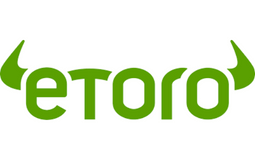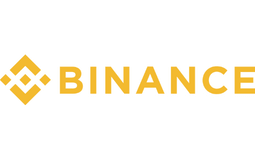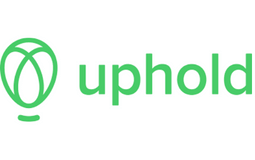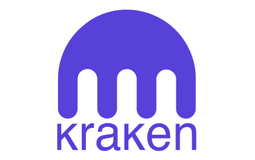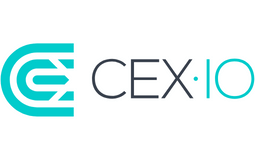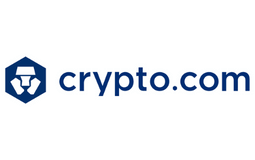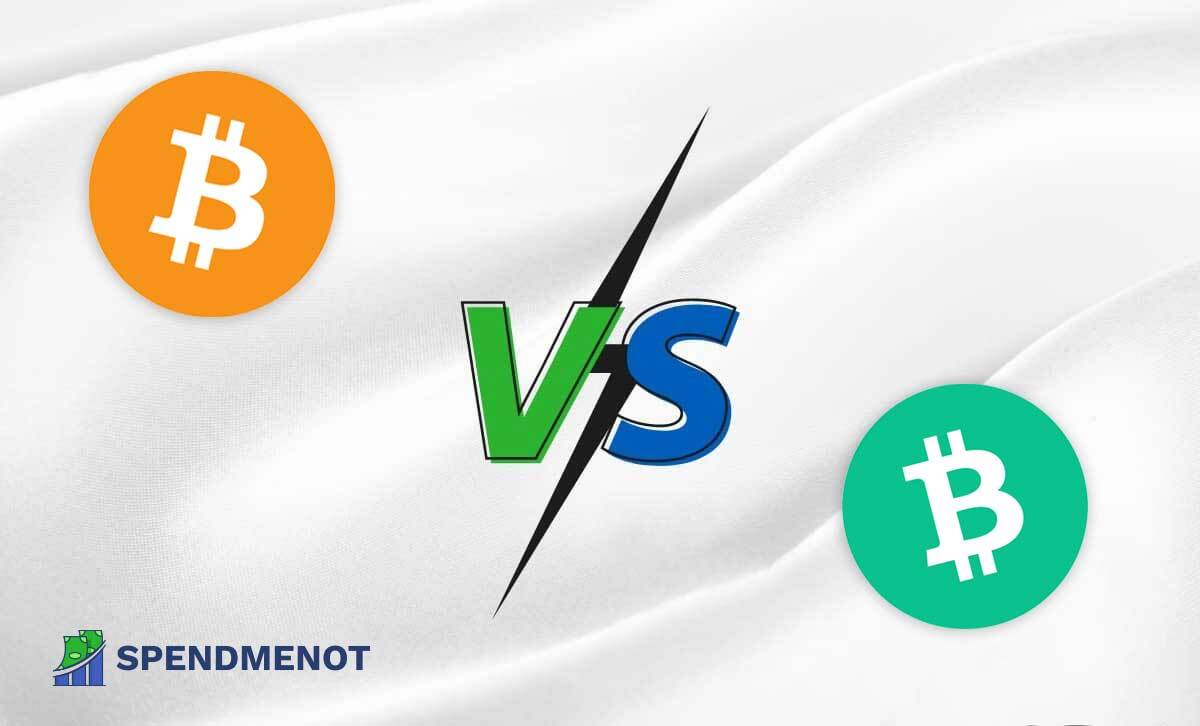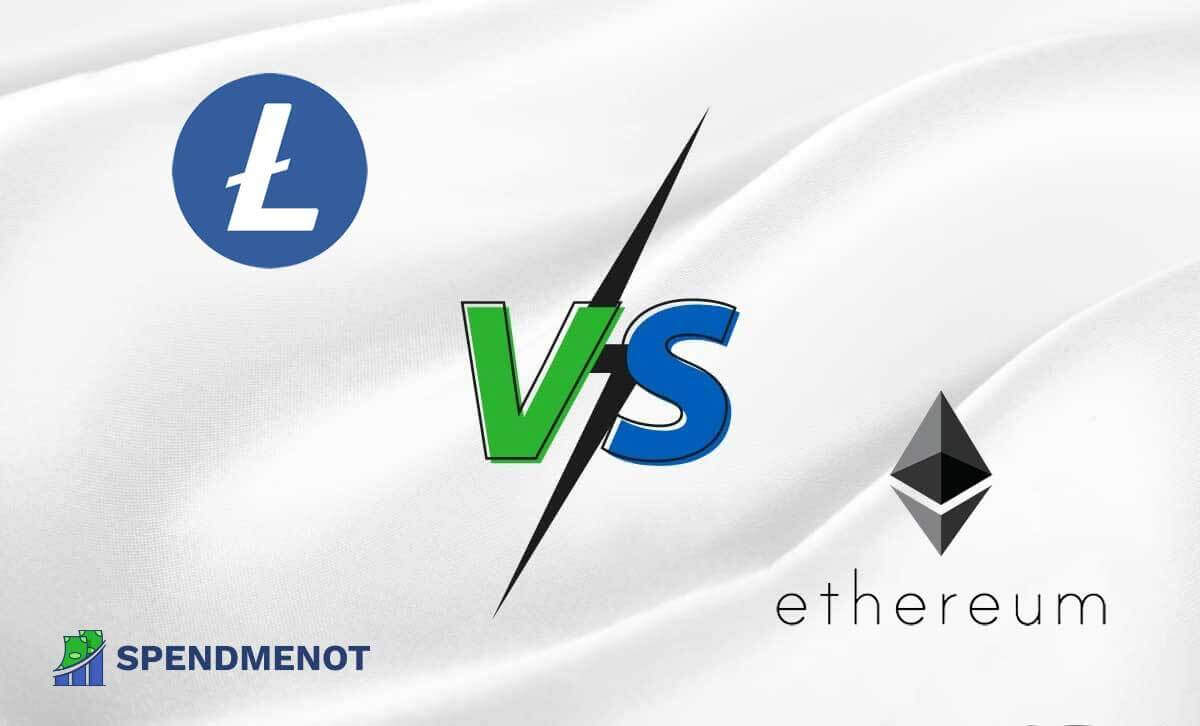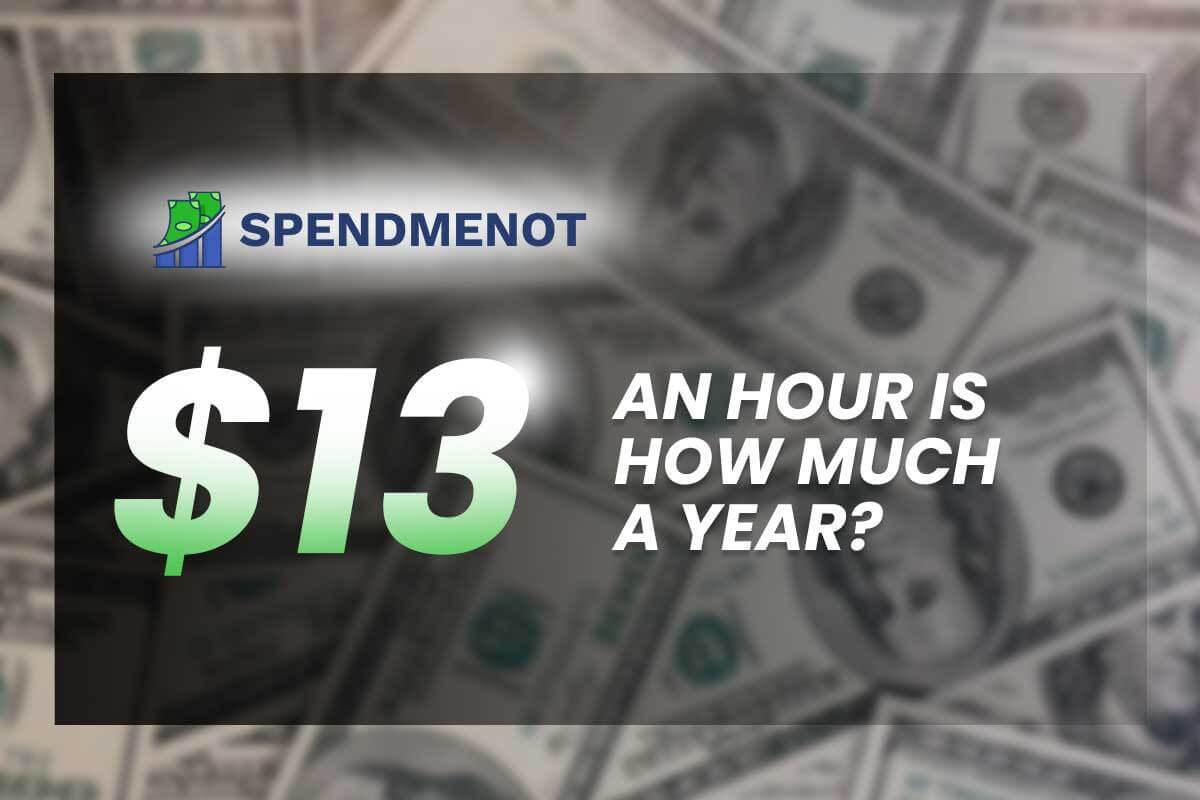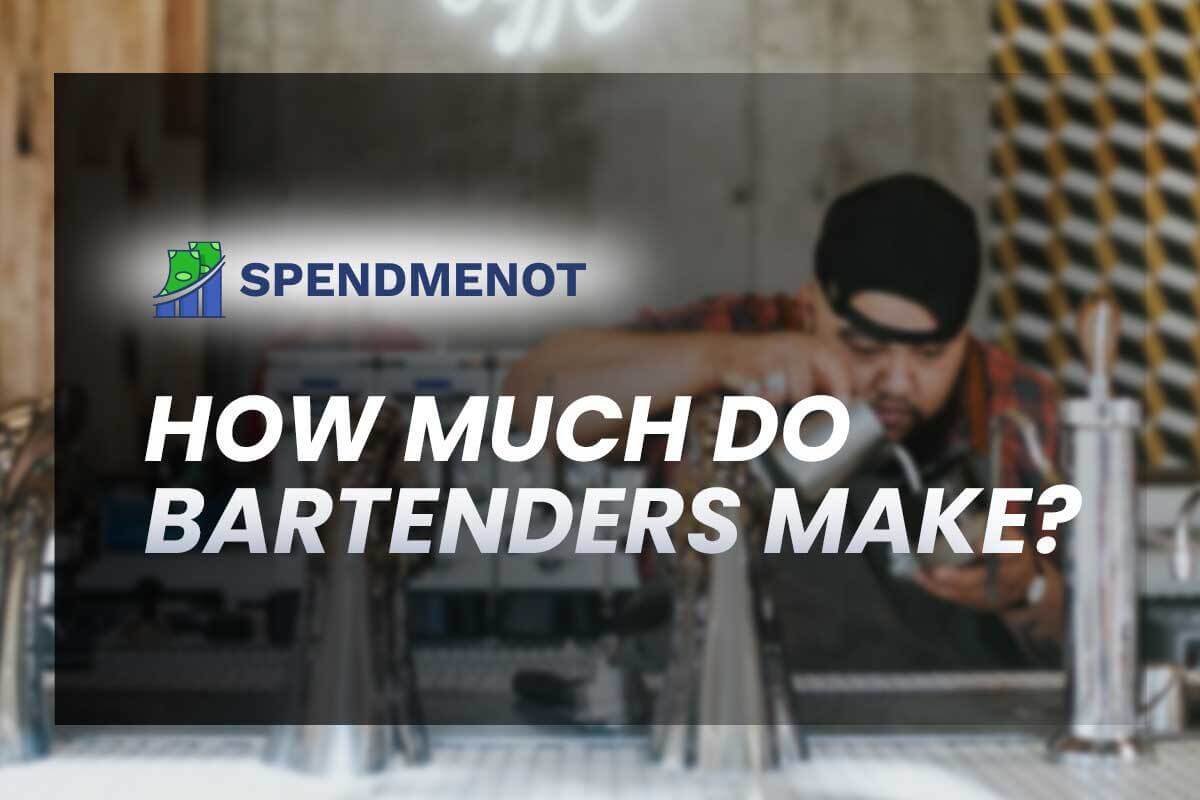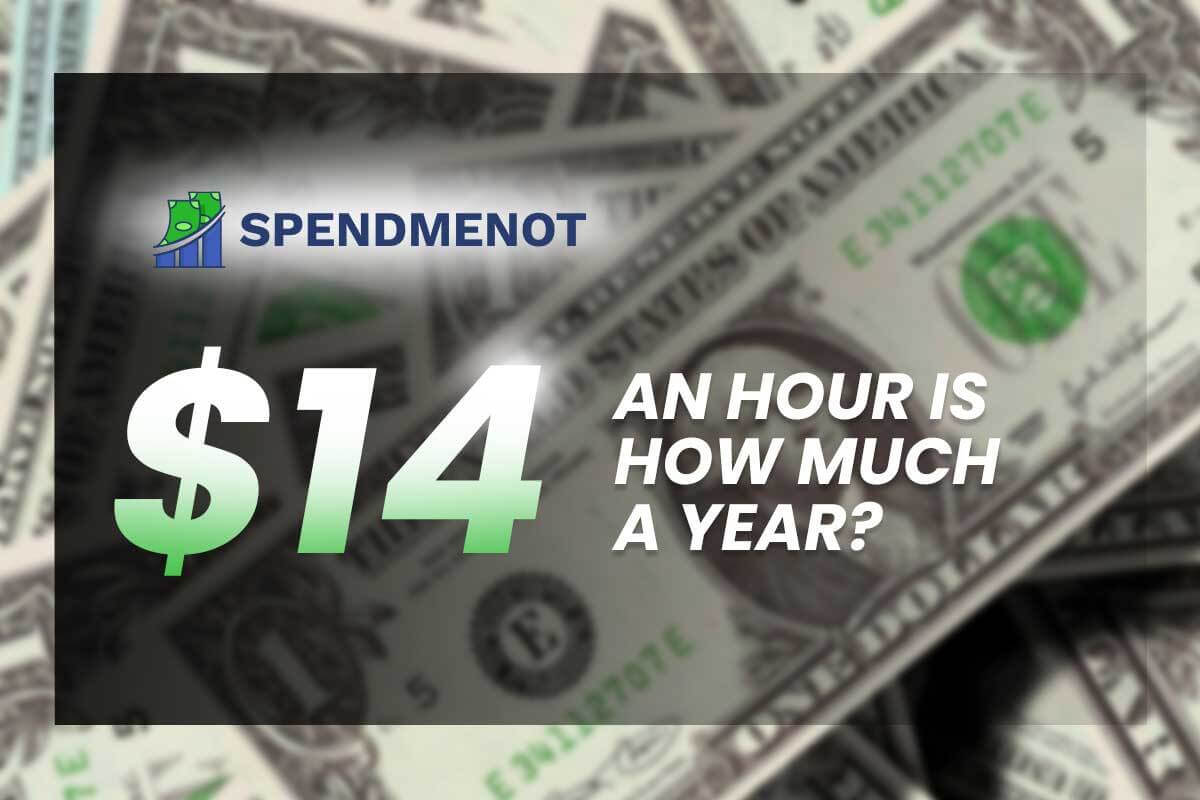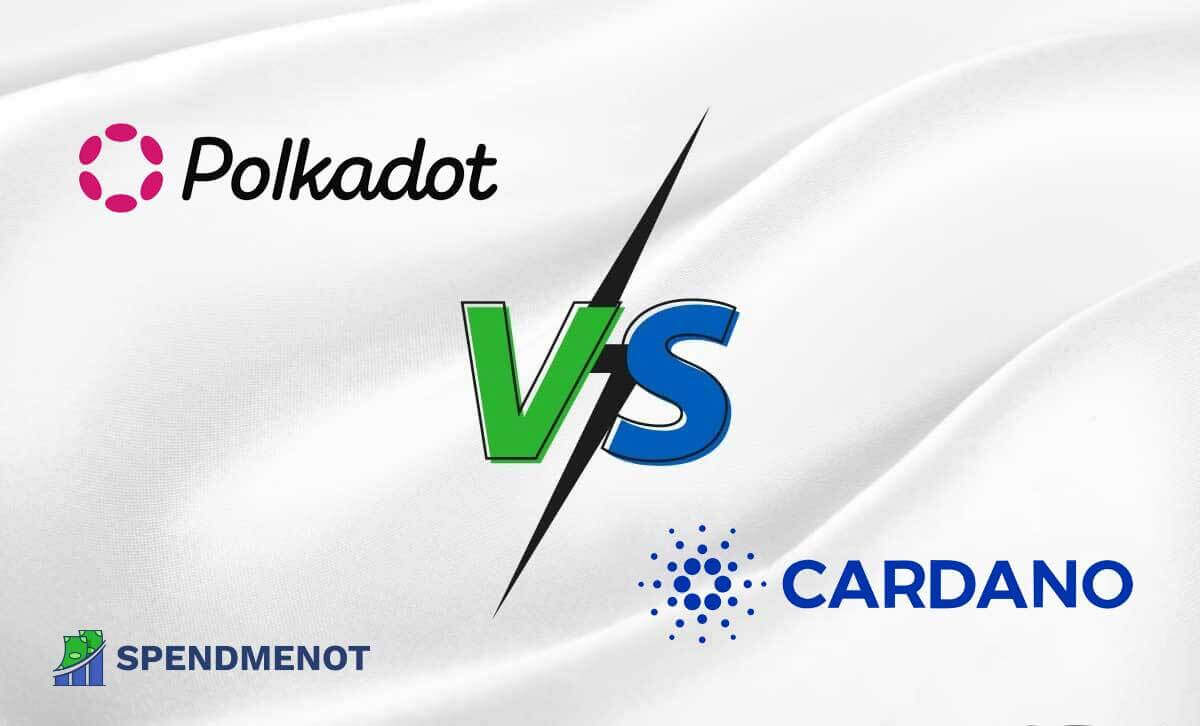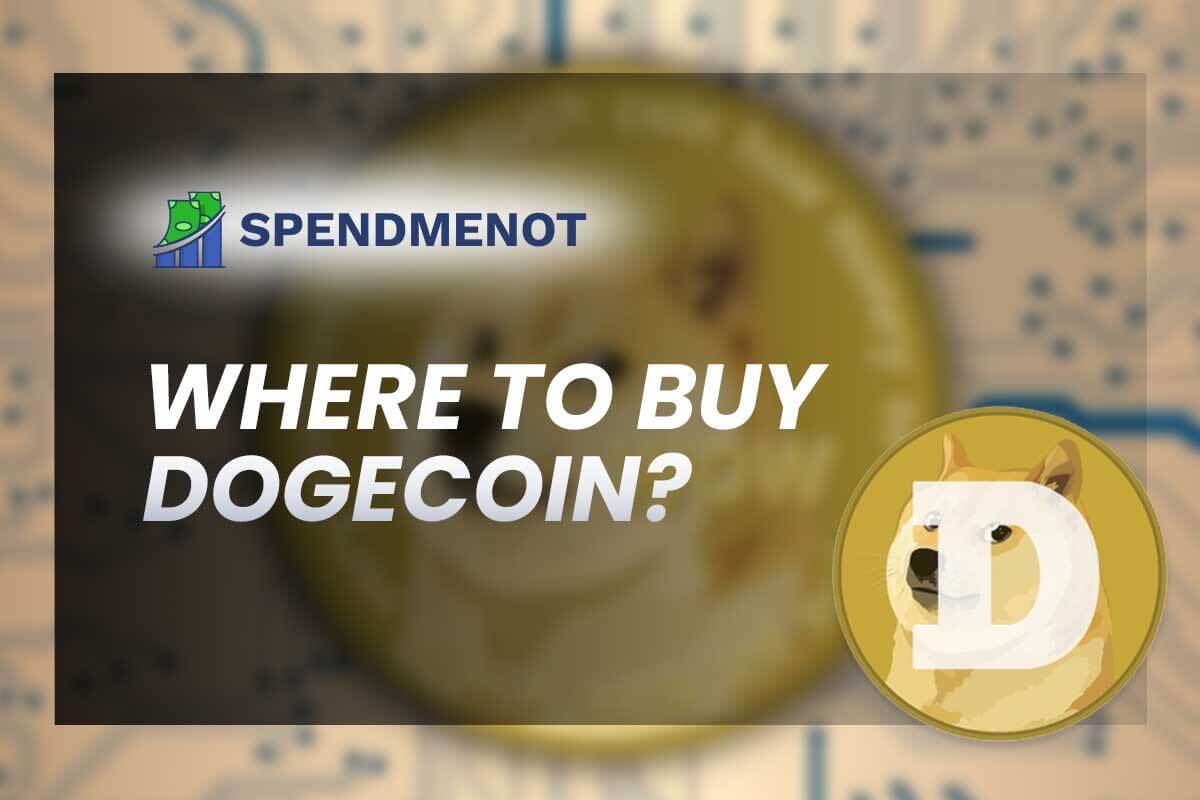Solana vs Cardano
Last Updated: January 11, 2023
The blockchain industry continues to advance exponentially, with experts projecting the market will grow from $7.18 billion in 2022 to $163.83 billion by 2029.
Amid the frenzy, two projects continue to generate massive interest.
Solana and Cardano were created to improve on Ethereum’s shortcomings and have succeeded in doing so, hence the moniker ‘Ethereum Killers.’
Both make it more efficient for developers to create decentralized applications (dApps) used in the various Web3 subsectors.
Meanwhile, the Solana vs. Cardano debate is still ongoing.
But which one is better? Our article will give you all the information you need to make that decision yourself.
Solana vs. Cardano: Side-by-Side Comparison
Cryptocurrency statistics show Solana and Cardano feature among the most valuable cryptocurrencies.
Still, before investing in Solana or Cardano, investors usually prefer to wait and see how the market plays out. However, there are those who are willing to take risks and end up investing in both.
Market movements aside, let’s take a look at this side-by-side comparison table that breaks down the two platform’s basic features.
| Solana | Cardano | |
| Launch date | March 2020 | September 2017 |
| Consensus Mechanism | Proof of History | Proof-of-Stake |
| Platform Speed | Can process up to 75,000 transactions per second | As of August 2022, Cardano processed 250 transactions per second but could eventually carry out one million transactions |
| Market Capitalization
As of August 20, 2022 |
$12.9 billion | $15.6 billion |
| Circulating Supply
As of August 20, 2022 |
348 million SOL | 33.75 billion ADA |
From the ADA vs SOL comparison table, we can establish that the two have some similarities such as rapid growth within a short time.
However, they have many differences as well. For instance, Solana’s processing power dwarfs Cardano’s by a country mile.
But to get the whole picture, let’s have a look at each blockchain individually before focusing on their similarities and differences.
Solana
Solana is an open-source blockchain designed to host a wide range of decentralized applications (dApps) and its native token (SOL). It was launched in 2017 by Anatoly Yakovenko, a former Qualcomm software engineer.
The Solana blockchain applies the proof-of-history consensus mechanism. The protocol uses time stamps to determine the next block in the chain.
The blockchain was built to correct the slow transaction speeds and high costs limiting the scalability of other blockchains such as Bitcoin and Ethereum.
As of August 2022, Solana could process 75,000 transactions per second (tps), up from the 15 tps blockchains could carry out when it was first launched.
What can Solana be used for?
The benefit of Solana’s high throughput is reflected in lower transaction fees. Factoring this, Solana charges $0.00025 per transaction compared to Ethereum, which averaged $1.67 per transfer in July 2022.
The efficiency has also translated into more projects. As of August 2022, the blockchain supports over 1700 projects. This includes top DeFi projects like Orca, Saber, and Mango and lending protocols such as Apricot, Francium, and Solend.
The blockchain also supports top NFT marketplaces like Metaplex, Solanart, and Magic Eden.
Cardano
Founded in 2017 by Charles Hoskinson, Cardano is a blockchain built to run decentralized applications through smart contracts.
Hoskinson’s idea was to study how Bitcoin exchanges work and develop a more sustainable, interoperable, and scalable blockchain than Bitcoin and Ethereum.
Fast forward, Cardano uses Ouroboros, the first peer-reviewed, verifiably secure proof-of-stake consensus mechanism.
The system requires validators to put up a stake of their digital assets to attest to the validity of a block in the chain. The validators then earn a specified amount of crypto as a reward.
What can Cardano be used for?
Cardano is mostly used for creating decentralized applications (DApps) via smart contracts.
Moreover, Cardano has its native token known as ADA (although most people use the word Cardano interchangeably). Therefore, many people use the platform to send and receive funds in this cryptocurrency.
Cardano vs Solana: The Similarities
Considering that Solana and Cardano were developed specifically to perfect what their illustrious peers couldn’t master, it makes sense they have some similarities.
These include:
- Intelligent operations: both support smart contract and DApp functionality, which provides developers with the platform they need to roll out ambitious projects.
- Speed: both have also surpassed Ethereum’s transaction speed. Solana can process up to 75,000 transactions per second. Cardano can process 250 and has been tipped to reach one million eventually.
- Sustainability: They also have a significantly lower carbon footprint than Ethereum and Bitcoin, as illustrated below.
Solana: 934.77 tonnes per year.
Cardano: 284.41 tonnes per year
Ethereum: 47 million tonnes per year
Bitcoin: 57 million tonnes per year
Cardano vs Solana: The Differences
Despite certain similarities, the two blockchains are different in many ways:
- Validation processes: Solana uses the Proof of History protocol which uses timestamps to determine the next block in the chain. Meanwhile, Cardano uses a Proof-of-Stake protocol known as Ouroboros to authenticate transactions.
- Transaction fees: Solana and Cardano both have lower transaction fees than Ethereum, but their prices are very different. Solana offers low transaction fees at $0.00025 per transaction. Cardano has an average transaction fee of $0.4.
Based on these numbers, Solana is 1600 times cheaper to transact than Cardano. - Transaction speed: Solana is unrivaled when it comes to processing speed. The blockchain can process up to 75,000 transactions per second (tps). This completely blows Cardano’s speed of 250 tps out of the water.
Where to Buy Solana and Cardano
Which is the smarter bet, Cardano or Solana? Fintech experts predict the prices of both tokens will continue to grow over the course of 2022.
Therefore, buying either SOL or ADA can prove to be a shrewd long-term investment.
There are several platforms where you can buy altcoins such as SOL and ADA. We have compiled a list of the best crypto exchanges where you can do this safely.
eToro
Established in 2007, eToro is a multi-asset trading platform offering stocks, digital assets, and Exchange Traded Funds (ETFs). Its best attribute is its social trading feature which allows users to match the moves of expert traders.
- Regulated in multiple jurisdictions
- Offers a communal experience
- Plenty of educational resources
Established in 2007, eToro is a multi-asset trading platform offering stocks, digital assets, and Exchange Traded Funds (ETFs). Its best attribute is its social trading feature which allows users to match the moves of expert traders.
Binance
With more than 600+ coins listed and a native token that’s one of the most popular cryptocurrencies around, Binance is one of the leading exchanges. Besides offering the lowest transaction fees on the market, the platform offers advanced features such as futures and margin trading.
- Supports over 600 coins
- Binance.us for the US Users
- SEPA & Bank Transfers
With more than 600+ coins listed and a native token that’s one of the most popular cryptocurrencies around, Binance is one of the leading exchanges. Besides offering the lowest transaction fees on the market, the platform offers advanced features such as futures and margin trading.
Uphold
Founded in 2015, Uphold is a multi-asset trading platform that combines the attributes of a cryptocurrency exchange, an online brokerage, and a forex trading app. Perhaps that’s the reason it has gained traction. Four million people across more than 184 countries use the platform.
- No withdrawal fees
- Wide cryptocurrency selection
- Automatic transactions
Founded in 2015, Uphold is a multi-asset trading platform that combines the attributes of a cryptocurrency exchange, an online brokerage, and a forex trading app. Perhaps that’s the reason it has gained traction. Four million people across more than 184 countries use the platform.
Kraken
Kraken is a US-based exchange that offers trading in US dollars, Canadian dollars, Australian dollars, Euros, British pounds, Swiss Francs, and the Japanese yen. The platform pays special attention to its security, with a track record of zero breaches. Kraken also has an extensive list of crypto assets and covers over 185 of them.
- Low fees
- Seven different fiat currencies
- 185+ cryptocurrencies
Kraken is a US-based exchange that offers trading in US dollars, Canadian dollars, Australian dollars, Euros, British pounds, Swiss Francs, and the Japanese yen. The platform pays special attention to its security, with a track record of zero breaches. Kraken also has an extensive list of crypto assets and covers over 185 of them.
CEX.IO
Headquartered in London, CEX.IO is a cryptocurrency exchange popular for being one of the first platforms to make fiat-to-crypto transactions accessible through card payments and bank transfers. The platform has over four million users across the world.
- Supports a wide range of cryptocurrencies
- Licensed in the US
- Strong security measures
Headquartered in London, CEX.IO is a cryptocurrency exchange popular for being one of the first platforms to make fiat-to-crypto transactions accessible through card payments and bank transfers. The platform has over four million users across the world.
Crypto.com
Crypto.com has been ranked as the most secure crypto exchange and has been awarded a AAA rating. The platform also supports 250+ cryptocurrencies and offers a high return on crypto assets. It also features some of the most advanced tools in the market.
- Competitive fees
- FDIC-insured fiat balances
- Transparency
Crypto.com has been ranked as the most secure crypto exchange and has been awarded a AAA rating. The platform also supports 250+ cryptocurrencies and offers a high return on crypto assets. It also features some of the most advanced tools in the market.
Final Thoughts
It’s hard to stop an idea whose time has come. The widespread cryptocurrency adoption and the well-documented crypto success stories are the best proof of this.
Months after decentralized finance blew up, it quickly became apparent that the methods used to validate cryptocurrency transactions were unsustainable.
Move over, Blockchain 1.0. The industry keeps evolving and has shifted towards more sustainable solutions summed up as Blockchain 2.0 and Blockchain 3.0.
Solana and Cardano both embody this transition, and they aren’t going anywhere any time soon. In the Solana vs Cardano debate, one thing’s certain — they are both worthy competitors to Ethereum.

